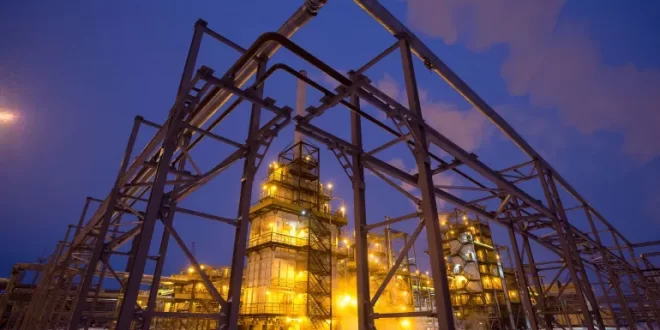Shunned by the West, Russia is looking to the East for partners in its oil and gas sector and for willing buyers of its crude. The closest partner east of Moscow is China, the world’s top oil importer, which is reportedly already taking advantage of the exodus of western companies from oil, gas, and metals projects in Russia.
Now Russia is setting its sights on forging closer energy ties with another major economy, India.
India, the third-largest oil importer in the world, has abstained in several United Nations votes condemning Russia’s invasion of Ukraine—a sign that the Indian government is keeping its ties to Moscow intact, although it has also warmed up to the United States in recent years. India has been largely adhering to the U.S. sanctions on Iran’s oil exports, for example, regardless of the price discounts which Iran offers to those willing to risk buying it.
But India has looked to Russia in recent years to diversify its oil imports, which make up 85 percent of India’s consumption, and most of them come from the Middle East.
Both India and Russia have interest in continuing, and even strengthening, their energy and oil ties. India will get crude at discount prices—seaborne crude that is not selling very well (if at all) west of St Petersburg – while Russia will continue to have a large and expanding market for its oil in one of the fastest-growing demand markets.
So, it’s no surprise then that Russia’s Deputy Prime Minister Alexander Novak and India’s Minister of Petroleum and Natural Gas, Hardeep Singh Puri, discussed last week strengthening bilateral cooperation in fuel and energy, as the Russian government said in a statement last Thursday.
“What we have is a particularly privileged strategic partnership; the leaders of our countries maintain regular contact. Mutually beneficial cooperation is actively promoted, including the Arctic LNG 2 and Sakhalin 1 projects. Gazprom supplies LNG to India, and Rosneft continues its systematic work with its Indian partners. We are interested in further attracting Indian investment to the Russian oil and gas sector and expanding Russian companies’ sales networks in India,” Novak said.
“Russia’s oil and petroleum product exports to India have approached $1 billion, and there are clear opportunities to increase this figure,” the Russian official said.
There is apparent willingness from both India and Russia to deepen their energy ties, but they have to find ways how to continue oil trade without the SWIFT banking system and how to get bank guarantees and insurance for cargoes.
“There was an open offer over the last two-three days that Russia was giving it (crude oil) at some sort of a discounted price but we don’t know how it can be of effect because a whole lot of factors will have to be weighed in and we will have to get it from some port to ship it and then whether it can come to India, and whether it is workable,” a senior Indian government official told The Times of India last week.
“Do they get the insurance or not? The nitty-gritty, if at all it can be worked out, needs to be worked out,” the official added, referring to cargoes from Russia.
India is also considering ways to keep trade with Russia, not only in crude oil, by setting up an alternative payments system with an account at a bank, an Indian official told Hindustan Times this weekend. This could prove tricky to do because neither the Russian ruble nor the Indian rupee are widely used in international trade, analysts say.
India could offer some additional outlet for Russia’s oil unwanted in the West, but it will not be unable to offset all the volumes which Western importers are shunning.
Russia will have to shut in some of its oil production as it will be unable to sell all the volumes displaced from European markets to other regions, with Russian crude production falling and staying depressed for at least the next three years, Standard Chartered said last week. Even before the U.S. ban on energy imports from Russia, trade in Russian commodities had become toxic for many global players.

 Iran Energy News Oil, Gas, Petrochemical and Energy Field Specialized Channel
Iran Energy News Oil, Gas, Petrochemical and Energy Field Specialized Channel



